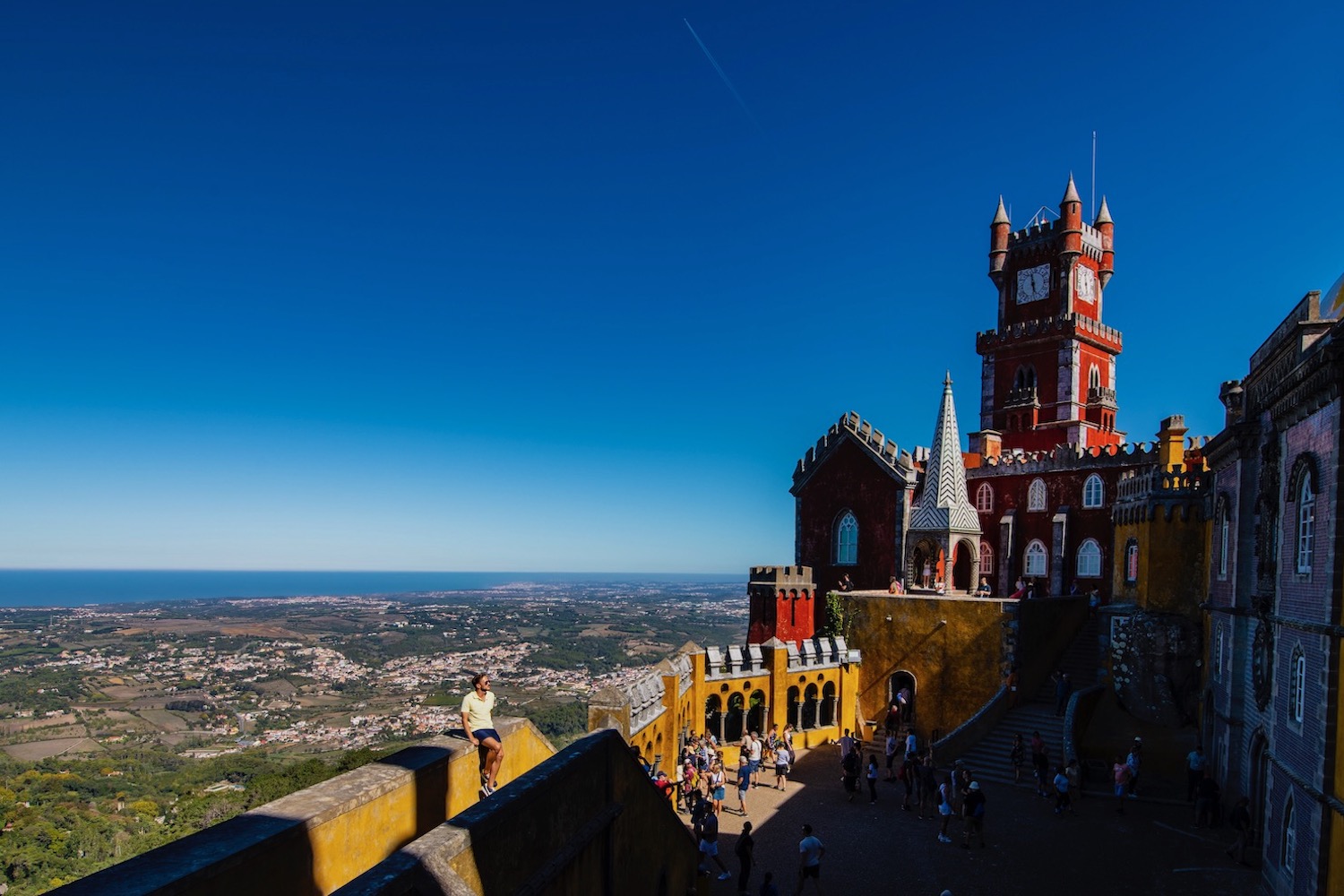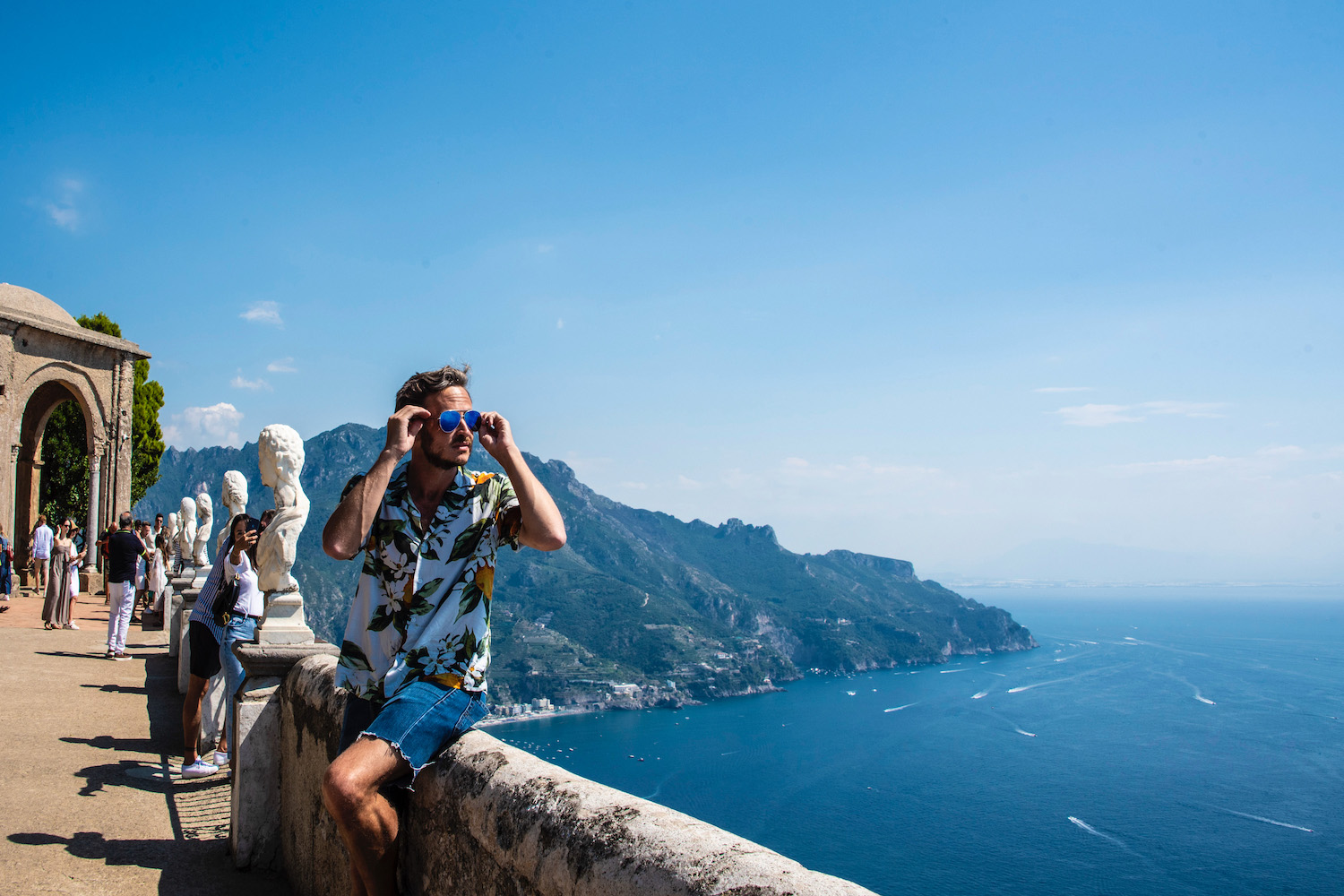It’s hard for me to believe, but nearly 20 years have passed since the first time I visited Europe. (Actually, looking in the mirror at the lines on my face, it’s not that hard!)
But I digress: This post is about your trip to Europe, not the dozens of ones I have under my belt as I approach 40.
Indeed, while technology has changed since I planned my first trip to Europe, the underlying logic you’ll need to employ to plan yours is exactly the same. Continue reading to get a running start!
How I Approached Planning My First Trip to Europe
It’s not an exaggeration to say that I was flying blind as my first time in Europe beckoned. The year was 2005, and social media was primitive, with Facebook having launched less than a year before. The internet writ-large was undeveloped as well: Travel blogs, to my knowledge, were not even yet a thing. My own wouldn’t launch for four more years! So I did what people did back then: I borrowed a friend’s Lonely Planet and took notes.
The good news? You have more information in the palm of your hand now than I did in an entire library back then. The better news? It’s easy to access once you arrive in Europe as well. Order a Europe travel eSIM before you travel so that you’re connected when you land. It will beat what I had to go through, given that smartphones didn’t even exist back when I landed at Heathrow for the first time almost two decades ago.
5 Europe Travel Questions to Ask Yourself
What’s my budget?

If you’re anything like I was when I was 20, your ambitions may be bigger than your bank account—which is fine. However, it is important to do an honest accounting of your financial situation, as this is the most important limiting factor of how big a trip you can take. As a general rule, I say the minimum you can expect to spend per day in Europe is €50 (if you’re a backpacker; plan for €100 if you want to stay in hotels and eat in restaurants).
How long can I travel?

Money will set a hard limit to how long you can technically travel, but there’s also the reality of any school and work commitments. The good news, if you take your first Europe trip during college like I did, is that you can probably take time off from your job, if you have one. However, if you’re already working full-time, you’ll need to determine how much annual leave you can take in one go.
Do I want to travel fast or slow?

On my first trip to Europe, I traveled at such a breakneck pace that I literally gave myself a hernia. I often slept just a single night in a given city! While I’d recommend at least doubling this for your first trip, some people prefer much slower travel. Dividing the length of your trip by how long you like to spend in each place is a great way to determine how many places you can visit.
Where do I want to go?

You’ve probably got a long list of dream destinations, be they capitals like Paris and Madrid, wine regions like Portugal’s Douro Valley and Italy’s Tuscany, beaches along the Mediterranean or hikes in the Alps. You’ll need to narrow this down, particularly if you don’t have long to travel. I recommend writing out your whole list, then splitting it into “high,” ” medium” and “low” priority sub-lists and filling in your itinerary.
How soon will I be able to return to Europe?

As I’ll be explaining in the next section, you can’t go “everywhere” in Europe on one trip, no matter how long or fast you travel. On the other hand, since most travelers go back to Europe at some point, you won’t have to. Whether in Europe or elsewhere, I find that if you know you’re coming back to a destination, you feel less pressured as you travel, and therefore have more energy to enjoy yourself.
How Long Do You Need to See “All” of Europe?
Europe is the same size as the continental US, but with a much higher density of both population and tourist attractions. As a result, there’s literally no chance you can see “all” it in one trip—or even 20. Indeed, I’ve gone back to Europe almost every year since 2005, and while I’ve visited most countries and crossed most experiences off my bucket list, I often feel as if I’ve only just scratched the surface.
On the other hand, I do think that you should try to cover as much ground as possible during your first time to Europe. If you can spend at least a month, I’d say that’s wise. Two months is even better, as this can allow you to explore different regions, be those France and the Benelux countries, the Mediterranean, Scandinavia or the British Isles.
Other FAQ About Planning Your First Trip to Europe
Where should I go in Europe for my first time?
I recommend casting a wide net on your first trip to Europe. For example, an itinerary that strings together major tourist hubs like Amsterdam, Paris, Madrid, Rome and London is a great framework for a first trip to Europe. However, this requires at least a month—if you’ve only got a week or two, it might be better to focus on 1-2 countries.
What is the first European country I should visit?
Many Americans choose the UK and Ireland as their first European countries, since the common language makes exploring a lot easier. On the other hand, I personally find the “core” countries for Italy and France to be the most satisfying; Paris and Rome make for a great first impression for the majority of travelers.
Where do I start when planning a trip to Europe?
I recommend asking yourself five questions when planning a trip to Europe. First, what’s your budget? Second, how long can you travel? Third, where do you want to go? Fourth, do you want to travel fast or slow? And fifth, when will you be able to return to Europe? Answering these questions will set a firm foundation for your first trip to Europe.
The Bottom Line
You can plan your first trip to Europe today using the same logic I employed almost 20 years ago. Start with the big picture. How long can you travel? How much do you have to spend? Where do you want to go? Once you’ve set a steady foundation for your trip, filling in the details (where to go on each particular day; what to eat in each country) is surprisingly easy. Planning your first trip is also less daunting if you aren’t set on “seeing it all”—in other words, if you can commit to coming back in the future. Want personalized help putting your Europe adventure together? Hire me as your Travel Coach!







